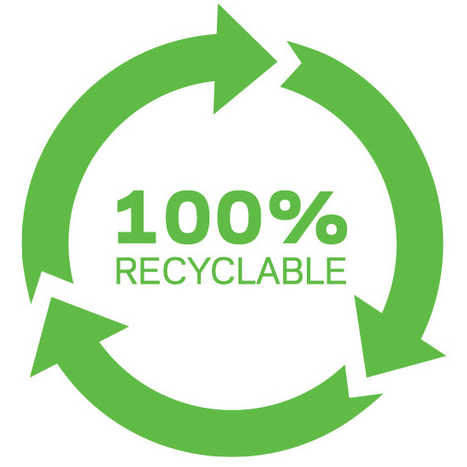So fast that the Year 2016 had ended and now the Chinese New Year (which is the 1st day of the Lunar Calendar Year) is right around the corner. This year will be the year of the Rooster and it'll be another challenging year for everyone.
The shopping malls will be busy especially at the clothing departments where lots of people are getting new clothes for the new year. At the same time, I guess all the restaurants will be fully booked for the gathering dinner which falls 1 day before the celebration.
During my visit to the shopping malls at Singapore, I have seen many poster showing "Reduce, Reuse, Recycle". I guess many of the readers here would certainly saw it not just in Singapore but many other places. This campaign has been going on for so many years and the sole purpose it to encourage people to recycle, but have we done enough yet? Let's see what are progress that we have done so far.
Reduce
Reduce which is also known as Waste Minimisation is a process of elimination that involves reducing the amount of waste produced in society and helps to eliminate the generation of harmful and persistent wastes, supporting the efforts to promote a more sustainable society. The most environmentally resourceful, economically efficient, and cost effective way to manage waste is to not have to address the problem in the first place.
The basic concept behind waste management is the waste hierarchy, where the most effective approaches to managing waste are at the top. Waste management is in contrast to waste minimisation. Waste management focuses on processing waste after it is created, concentrating on re-use, recycling, and waste-to-energy conversion rather than eliminating the creation of waste in the initial phases of production. Waste minimisation involves efforts to minimize resource and energy use during manufacture. For the same commercial output, usually the less materials are used, the less waste is produced. Waste minimisation usually requires knowledge of the production process, cradle-to-grave analysis (the tracking of materials from their extraction to their return to earth) and detailed knowledge of the composition of the waste.
Reuse
It is the action or practice of using something again and again, whether for its original purpose (conventional reuse) or to fulfil a different function (creative reuse or repurposing). It should be distinguished from recycling, which is the breaking down of used items to make raw materials for the manufacture of new products. Reuse – by taking, but not reprocessing, previously used items – helps save time, money, energy, and resources. In broader economic terms, it can make quality products available to people and organizations with limited means, while generating jobs and business activity that contribute to the economy.
Historically, financial motivation was one of the main drivers of reuse. In the developing world this driver can lead to very high levels of reuse, however rising wages and consequent consumer demand for the convenience of disposable products has made the reuse of low value items such as packaging uneconomic in richer countries, leading to the demise of many reuse programs. Current environmental awareness is gradually changing attitudes and regulations, such as the new packaging regulations, are gradually beginning to reverse the situation.

Recycle
It is the process of converting waste materials into reusable materials and objects. It is an alternative to "conventional" waste disposal that can save material and help lower greenhouse gas emissions. Recycling can prevent the waste of potentially useful materials and reduce the consumption of fresh raw materials, thereby reducing: energy usage, air pollution (from incineration) and water pollution (from landfilling).
There are some ISO standards related to recycling such as ISO 15270:2008 for plastics waste and ISO 14001:2004 for environmental management control of recycling practice. In the strictest sense, recycling of a material would produce a fresh supply of the same material—for example, used office paper would be converted into new office paper.However, this is often difficult or too expensive (compared with producing the same product from raw materials or other sources), so "recycling" of many products or materials involves their reuse in producing different materials instead.

Where Are We Now?
Every year, the world is generating more waste than recycling it. This is because the population has increased to 7.5 billion people and still increasing. With all those new technology that is being studied to manage the waste, it is clear that as long we are not trained to recycle materials, there'll be more trash than greens in future.
We humans are a habitual being, so the attitude towards recycle need to be trained when we are young. It doesn't matter how advance the technology or how many campaigns have been run to encourage this 3Rs as long as the people does not support this movement in their daily live, our Mother Earth will be going into a bleak (and polluted) future.
So now the question is: Have you done your part?
No comments:
Post a Comment